 Another piece of ATLAS. Where do neutrinos fit in? Not in the Standard Model. Nor whatever happened to antimatter, when the Big Bang supposedly released equal amounts of matter and antimatter, which should have annihilated each other, leaving only energy behind. Why does the Universe obviously prefer matter? And why isn't the Universe homogeneous everywhere like a field of stars without galaxies if it expanded out from an orange-sized ball? Why is it expanding when gravity would tend to stop expansion, indeed reverse the Big Bang into the Big Crunch? Well there are theories and theories about all this. At the LHC they've got a long list of questions about theories and they think some are bound to be answered from data they expect and maybe don't expect.
Another piece of ATLAS. Where do neutrinos fit in? Not in the Standard Model. Nor whatever happened to antimatter, when the Big Bang supposedly released equal amounts of matter and antimatter, which should have annihilated each other, leaving only energy behind. Why does the Universe obviously prefer matter? And why isn't the Universe homogeneous everywhere like a field of stars without galaxies if it expanded out from an orange-sized ball? Why is it expanding when gravity would tend to stop expansion, indeed reverse the Big Bang into the Big Crunch? Well there are theories and theories about all this. At the LHC they've got a long list of questions about theories and they think some are bound to be answered from data they expect and maybe don't expect.Meanwhile Astrophysics seems to be overtaking Physics and Particle Physics. It's like the revenge of Astrophysics. With only 4% of the matter of the Universe accounted for, astrophysicists say, the rest invisible, maybe there wasn't a Big Bang after all? Anyway 96% of the Universe right there, doesn't fit into the Standard Model. It's only a bit of background microwave energy Science leans on and some expansion, the red shift well noted, that is the proof for the Big Bang theory. Besides, where did the orange come from? While particle physicists are attending endless meetings at CERN, the impossible is happening all around us in space.
You might remember black holes being popular as a simple theory of matter accumulating into an unimaginably dense body so small it might appear like a massless black hole, sucking up more matter and energy. After many years of uncertainty, some have been found inside galaxies thanks to space-based telescopes like the Hubble and recently Spitzer and Chandra. But then the theory suggests they're unstoppable and would eventually absorb the galaxies they're in and there are still perhaps a 100 billion or more galaxies and no sign of any big trouble. Then a spectacular find, a black hole from a galaxy 3C321, the death star galaxy in the news last December, erupting a jet of radiation 850,000 light years long, striking another smaller galaxy about 20,000 light years away, and 1.4 billion light years from us.
A black hole releasing considerable energy, except perhaps into some other fantastic dimension, was entirely unpredicted. Only some suggestions of black holes possibly exploding, and Stephen Hawking's 1974 theory that a black hole could decay via a thermal radiation created by the black hole itself, slowly leaking (still unconfirmed) Hawking radiation. If 3C321 can happen, then what of unexpected results at the LHC?
Now of course someone at NASA or somewhere is bound to post a patch for black hole theory and dine on the celebrity status for a lifetime, like all scientists dream of. But how would you patch Geneva, Mount Blanc and a lot of great ski resorts popular with grad students, postdocs and trendy physicists at CERN, patch that and all of Switzerland and a good chunk of France, say to Marseilles?
Some are worried over at CERN. Not officially, like don't bite the hand that feeds you. There's an unusually smooth PR operation going on at CERN to keep things humming, even professional seminars on how to handle the media in Spotlight on the media. Mind you everything is above board and transparent with terrific open access to most anything going on at CERN. You won't find any conspiracy or conspiracy theorists. If you dig hard enough into private online blogs, you'll discover a few cool and amused dissenters. There's edgy good fun in cold war rivals, ATLAS and CMS, each calling the other the enemy. And gallows humor, like the Doomsday Machine. All they need is a Dr Strangelove. Don't worry about black holes. There's this special radiation.
And if you've still got a headache, be brave. Take one LHC with a little superfluid helium before bedtime and you should be fine in the morning.
 Cointrin
Cointrin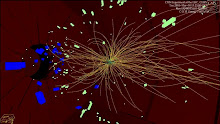










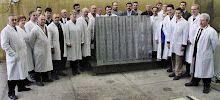
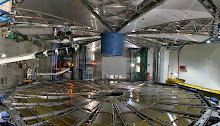









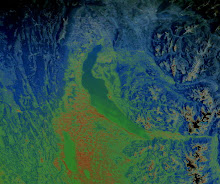

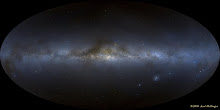

No comments:
Post a Comment